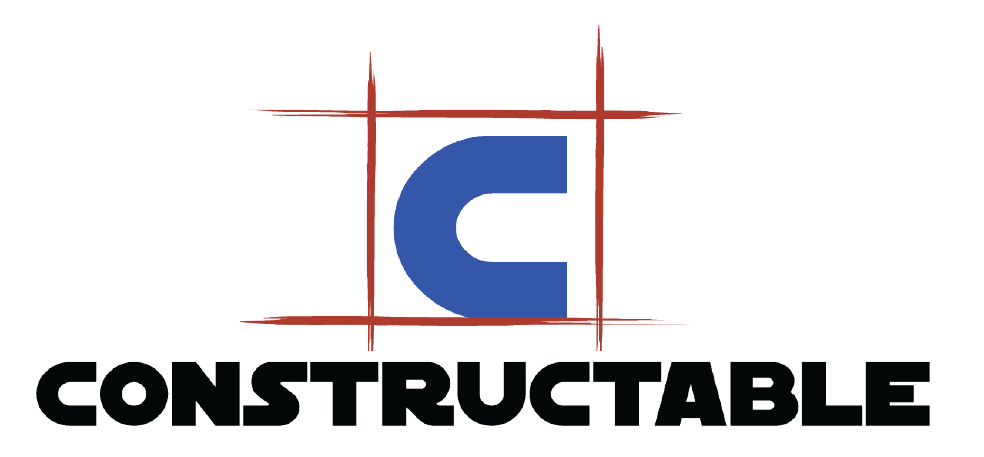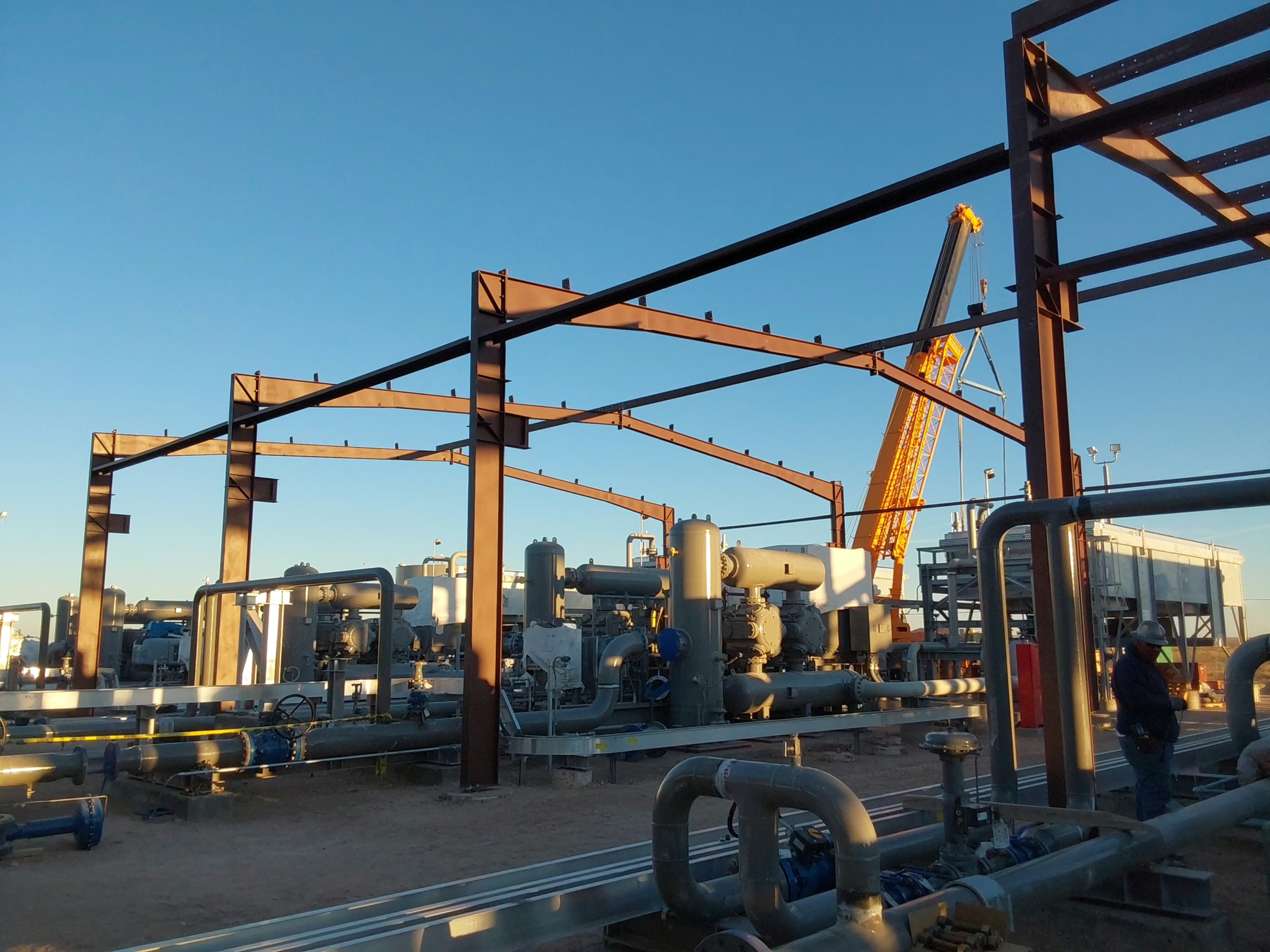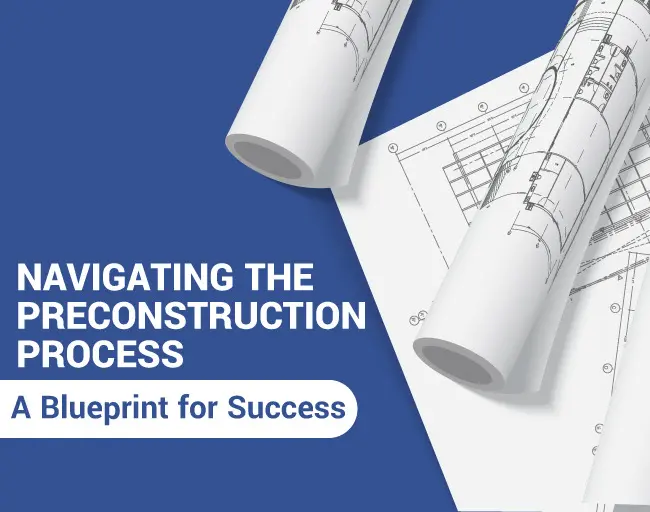
Understanding Supply Chain Disruptions & Price Escalations in Construction
Whether it’s a shortage of lumber, microchips, or baby formula, the supply chain crisis has been detrimental to both consumers and companies across all industries. Construction businesses are no exception—supply chain disruptions and material cost escalations are currently hot topics in the industry. Given the volatility in the market, many contractors are questioning how they should proceed with their business and the best ways to avoid financial risk.
The Current State of the Supply Chain Crisis
Essentially every industry’s supply chain has been impacted by disruptions related to COVID-19, political upheaval, and other world events. It’s hard to say which disruption stressed supply chains the most. The biggest thing to note is that we never completely recovered from each event, and now they’re starting to pile up on each other. It’s almost like a domino effect that all began with the pandemic lockdowns.
It’s not all bad news, however. While it varies from industry to industry, things are starting to look up for manufacturers. But with each new supply chain disruption, the overall recovery is delayed.
Major Disruptions Affecting Supply Chains
Massive supply chain shortages started in the wake of COVID-19 shutdowns that closed businesses worldwide and kept employees at home. These major developments in the global supply chain have impacted nearly every industry, but in what way, specifically? Here are four examples of current supply chain disruptions.
1. Material Price Escalation
About a year into the pandemic, supply chain disruptions started affecting costs associated with construction projects. As a result, construction input prices (steel, lumber, natural gas, etc.) increased significantly, and there’s no sign of them falling anytime soon. According to Associated Builders and Contractors Inc., construction input prices are up 21.4% from a year ago and 44% from February 2020. However, bid prices did not rise significantly, meaning contractors bear most of the burden from these price escalations.

2. Logistics Disruptions
In addition, ongoing global logistics disruptions stemmed from the pandemic, negatively impacting the flow of consumer goods. Continued shutdowns of major international ports and airports (primarily in the US, China, and South Korea) restrict key markets in Europe, North America, India, and Southeast Asia.
This creates a ripple effect across the global supply chain. Goods pile up in storage; ships are slowed down at transit hubs; businesses can’t restock their inventory—the list goes on.
Unfortunately, the likelihood of these disruptions continuing is high. Consumers will see higher prices due to excessive freight costs being passed down to the consumer. Shelves will take longer to replenish, especially imported goods. Consumers will need to have patience. Things won’t return to normal overnight; it will take time.
3. Labor Market Shortages
Labor shortages have further complicated the post-pandemic recovery in many industries. There are shortages for both white and blue collared workers alike. Aside from the labor constraints caused by the pandemic, there are other unrelated factors at play that businesses consider.
Shifting demographics are also affecting the overall resource pool. Gen Z will be a large part of the workforce soon, and companies need to adjust how they approach and recruit this new generation.
In addition, the emergence of new technology has forever changed the way supply chains operate. Consumer demand is rising, and supply chains are being forced to evolve faster. Modern operations tend to focus on technology and innovation, making supply chains more complex. However, advanced technology still needs workers with the right skills to operate it. This is where the line between white collar and blue collar starts to blur. Supply chain and manufacturing jobs will require workers with both physical and technological skills to sustain their new technology-fueled operations.
4. Production Delays
We’re well aware of production delays caused by COVID-19. As a result, manufacturers are dealing with limited supplies of key commodities, and consumers are consequently experiencing longer delivery times and empty shelves.
We also need to remember that these supply chains are global, meaning a product may have to pass through several countries before ever reaching the US. A disruption or delay in just one of those countries can be detrimental to the whole chain. Therefore, companies that rely heavily on global suppliers are at the greatest risk for supply chain issues. As a result, many companies are rethinking their processes and opting for regional supply chains with shorter total lead times and faster recovery.

How Supply Chain Issues are Impacting Contractors
Supply chain disruptions from the pandemic continue to plague the construction industry in many forms. But the most significant blow to contractors’ bottom lines is the construction materials market volatility. As previously mentioned, the shortage of materials and increased production costs and tariffs have resulted in building material prices skyrocketing—the biggest culprits being steel, lumber, copper, plastic-based materials, and engineered wood products.
Unfortunately, contractors typically bear the financial risk of material price fluctuation. The market volatility threatens contractors’ profit margins on projects and, in serious cases, their entire business. We can only hope that contractors adapt and learn new strategies to deal with the economic uncertainty of the current construction market.
So, what’s the future look like for supply chains? Step by step, we’ll get there. In the meantime, companies should adapt their operations to be flexible and resilient enough for unexpected changes in the supply chain, whether it’s trade tensions or new regulations.
Constructable Is Your Trusted Construction Partner
Constructable is partnering with the right people to help alleviate the issues in the market. We learned to adapt our operations to drive actionable improvements through collaboration, supplier partnerships, and ongoing risk monitoring. We’ll save you time and money by procuring materials and equipment before your project breaks ground.
Constructable specializes in various services, from construction procurement to design/build services. We’ve served numerous clients over the years, and we’re confident we can help you too.
Contact us today to get started.





